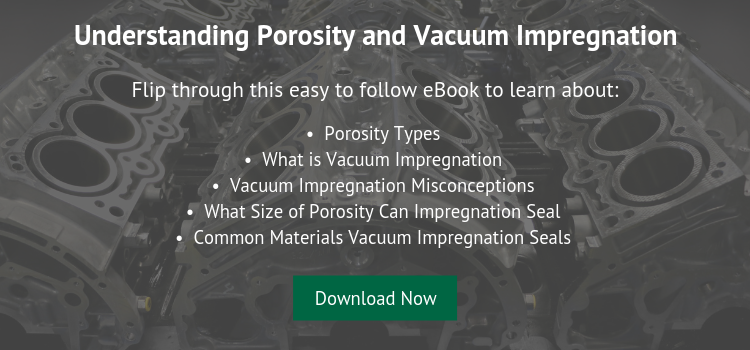Thermal Cure and Anaerobic Sealant Applications
Comments Off on Thermal Cure and Anaerobic Sealant ApplicationsWe often write about the different types of vacuum impregnation systems that are commonly used and how each may be best suited for use when processing a particular type of part. Once you have determined the type of system that is required, you then need to select the appropriate sealant for the system and application.



 The other morning I was walking the dog around 5:00 AM, and I noticed how exceptionally crisp and brilliant the stars were in the pre dawn sky, shining though the high pressure system overhead. While finishing the walk around the neighborhood, I thought about mankind’s worldview that the earth was flat as recent as 600 years ago and the reluctance of decision makers of that time, influenced by the rhetoric of naysayers, to accept anything other than the status quo.
The other morning I was walking the dog around 5:00 AM, and I noticed how exceptionally crisp and brilliant the stars were in the pre dawn sky, shining though the high pressure system overhead. While finishing the walk around the neighborhood, I thought about mankind’s worldview that the earth was flat as recent as 600 years ago and the reluctance of decision makers of that time, influenced by the rhetoric of naysayers, to accept anything other than the status quo.